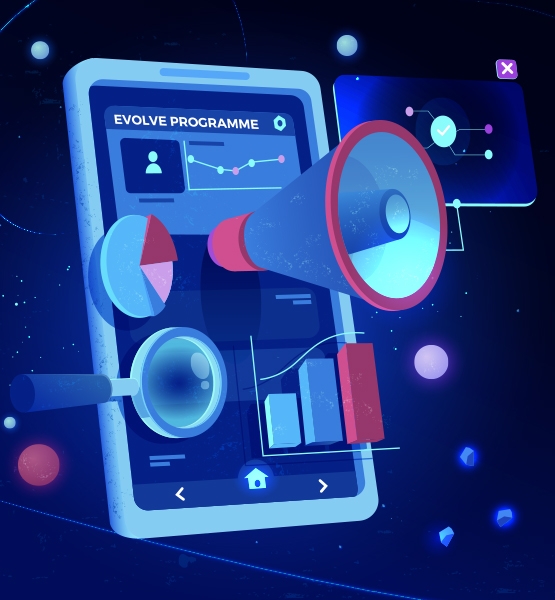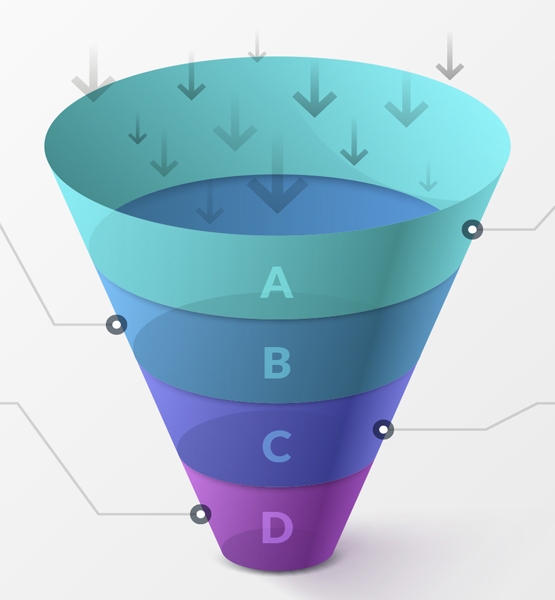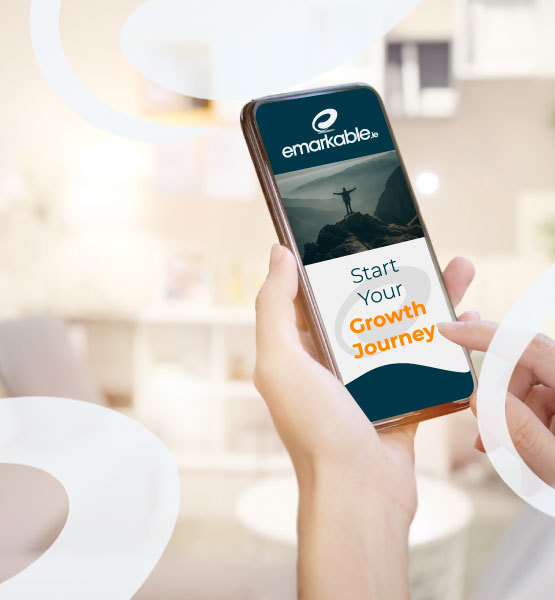Our Process
We work with you to develop and implement Digital Marketing for your business using our 6 step process.

01 / 6
Developing an effective Digital Marketing Strategy
Marketing is an investment in the growth of your business, not an expense.
- What is the purpose of this marketing plan?
- What are your goals? What are your objectives?
- What marketing challenges have you faced?
- Who are your ideal customers and how can you attract them?
- Where do potential buyers look for companies like yours?
- How much should you invest in a marketing programme?
- How is this marketing programme going to provide a positive ROI?

02 / 6
The Creation and Maintenance of an Effective Website Platform
- Easy to Navigate
- Professional Appearance
- Search Engine Friendly
- Responsive Design
- Fast Load Times
- Easy-to-Update
An effective website is the hub of all your online marketing and lead generation!

03 / 6
Generate More Traffic
By increasing the traffic to your website, you increase the number of opportunities for visitors to turn into leads.
- Content Marketing
- Social Media Marketing
- Onsite and offsite SEO
- E-Mail Marketing
- Influencer Marketing
- Referral Marketing
- Local SEO
- Event Marketing
- Pay-Per-Click Campaigns
These tasks are proven ways to bring new and qualified visitors to your site.

04 / 6
Convert Traffic To Leads
Create attractive offers and calls to action that appeal to potential buyers at all levels.
The proven process:
- Build landing pages.
- Collect Information
- Use Calls to Action (CTAs) for lead generation.
- Store Information in a CRM
- Use Marketing Automation

05 / 6
Converting Leads into Sales
Marketing automation is used to perform these laborious tasks cost-effectively and hands free!
- Plan Lead Intelligence
- Segment Leads
- Develop Lead Nurturing
- Utilise Email Marketing
- Optimise CRM Integration

06 / 6
Measure Everything
“Most important metrics measured”
- Traffic Statistics
- SEO Success
- PPC Costs and Rates
- Blogging Effectiveness
- Social Media Audience Size and Growth
- Email Subscribers
Contact us now for more information
Drop your details into the form below and we will call you back for a discussion.

